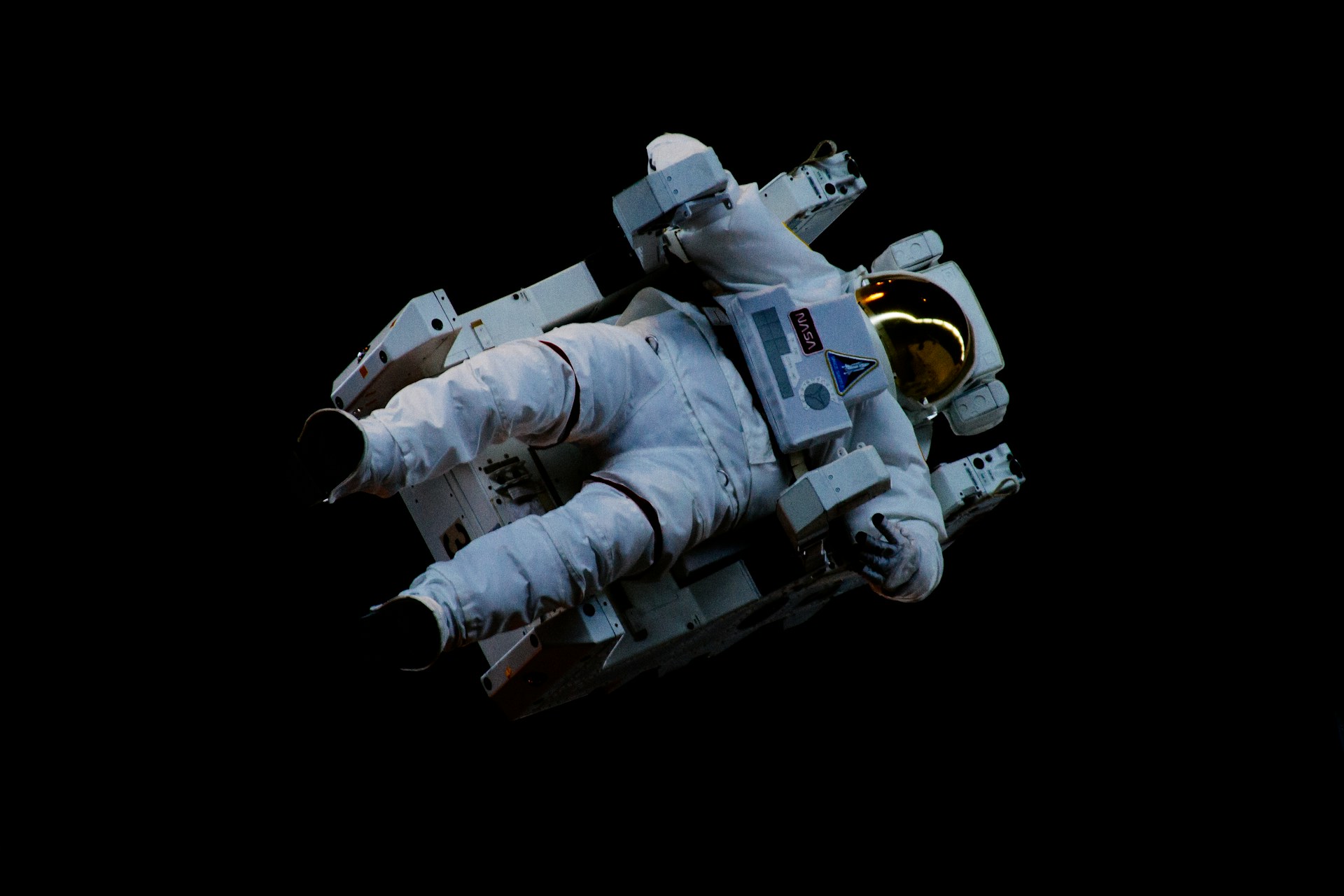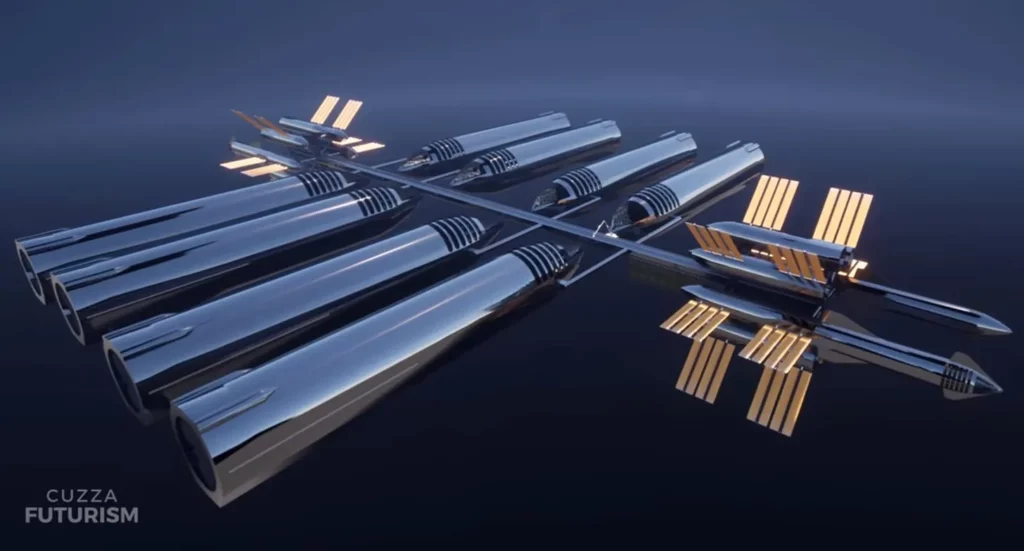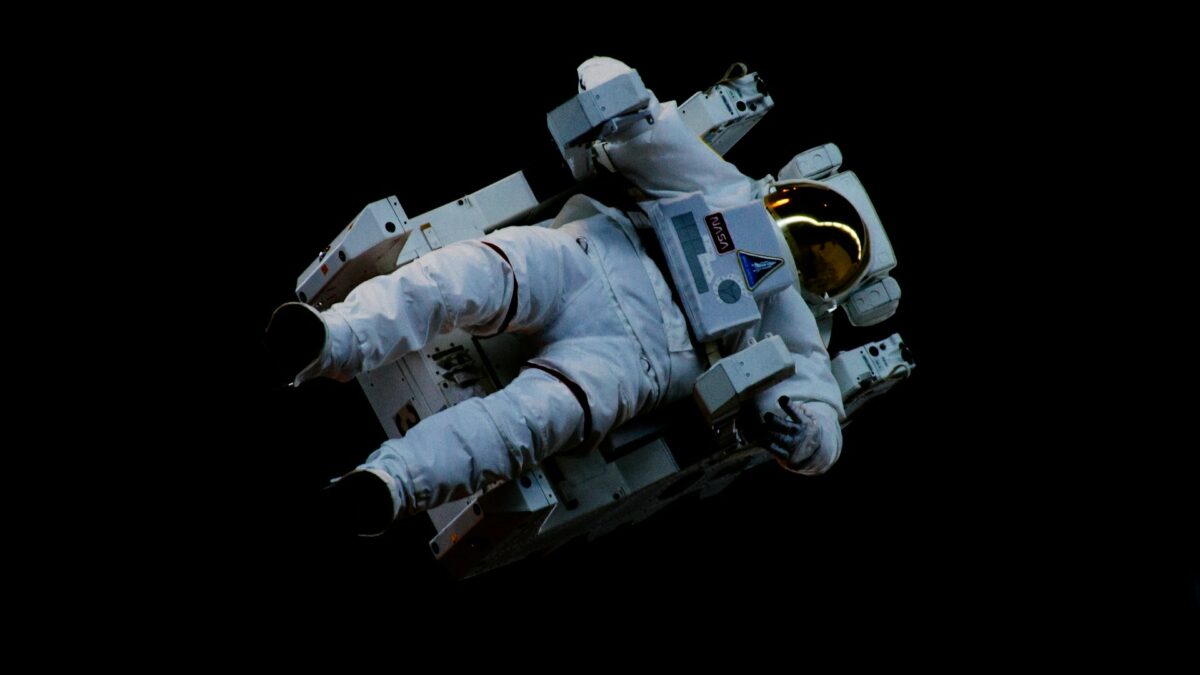
Invitation to Club Aqua Agile Event
18-06-2024Space, the Final Frontier…

These words have captured my imagination since I was 6 years old. Over the past few years, nothing has been more exciting than the electrification of transportation and humanity’s increasing presence in space. Science magic is happening. Today, we’re seriously planning to go to the Moon and even Mars to establish a permanent presence beyond Earth! The futures promised by the Moon Landing, The Martian, The Expanse, and Star Trek are finally coming true.
But…
I don’t think we are going to Mars, and certainly not in significant numbers, unless we take gravity with us.
Why We Need Gravity in Space
I recently saw a visualization of an orbital service station for SpaceX Starships—eight ships docked to a central hub. My first reaction was: If we could just spin those ships, they could have gravity.

I dove deeper and collaborated with enthusiasts to explore the problem from human and technical perspectives. My goal was simple: find an inexpensive way to provide gravity to passengers and crew en route to Mars.
I discovered that microgravity poses a long list of health issues, including:
- Muscle Atrophy
- Bone Density Loss
- Fluid Shifts
- Heart Deconditioning
- Changes in Vision
- Weakened Immune System
- Disorientation and Motion Sickness
Even simple tasks, like making coffee or eating food, require special effort and dedicated engineering. After a six-month stint on the International Space Station, astronauts need 6 to 12 months of physical rehabilitation, health assessments, and psychological support to fully recover.
These challenges won’t deter the first astronauts, but the real issue is cost. Without gravity, space travel becomes unsustainably expensive.
The True Cost of Microgravity
Supporting astronauts in microgravity requires a vast team: doctors, nurses, physiologists, fitness trainers, psychologists, nutritionists, space suit technicians, and more. NASA’s standards for crew health alone span 67 pages, including a detailed compliance matrix.
Estimates suggest 100 to 150 people support the astronauts over a 5-year mission cycle, costing up to $50 million per year just to keep a small crew on the ISS. How will that scale when Starships are transporting hundreds or thousands of people each transport window?
If we provide gravity en route to Mars, many of these issues go away. The design of everything—from exercise machines to toilets and food systems—can be simplified. Imagine using a normal rowing machine instead of specialized space equipment!
Introducing Project Caravan: A Vision for Spinning Starships
My goal is simple: ensure people arrive on Mars healthy and fit. I’m launching Project Caravan to explore how to provide gravity on board during the journey.
Large, massive ships like the Hermes or Space Station V are impractical for Mars missions. Instead, we need an incremental approach with the philosophy: “What is the simplest thing that could possibly work?”
The Answer: Forming Caravans.
Like the wagon trains of the old West, Starships can band together to support and protect each other along the way. Here’s the vision:
- Launch and Dock: Starships launch, refuel in orbit, and passengers board. The ships then rendezvous, dock, and spin around a common point to create gravity.
- Shared Services: A pressurized passage allows movement between ships, enabling shared services like medical care and providing additional emergency options.
- Adaptive Gravity: Gravity can be adjusted en route to help passengers acclimatize to Martian gravity or Earth gravity on the return journey.
- Arrival: Just before Mars, the ships stop spinning, undock, and land.
Join the Mission!
I feel like Santiago from The Old Man and the Sea—this is a big challenge with significant technical hurdles. Mass, Assembly, Maneuvering… the technical challenges are substantial.
I’m currently reading up on the science (both physics and space medicine), learning Blender to create visualizations, and building a network of people passionate about solving these problems. If this excites you, share your thoughts, ideas, and expertise, or reach out to me. Let’s see where this journey takes us!


